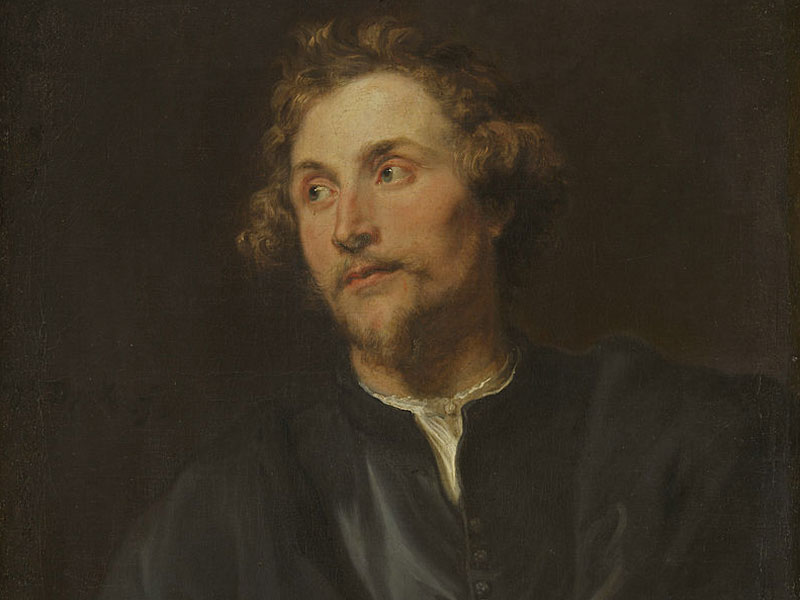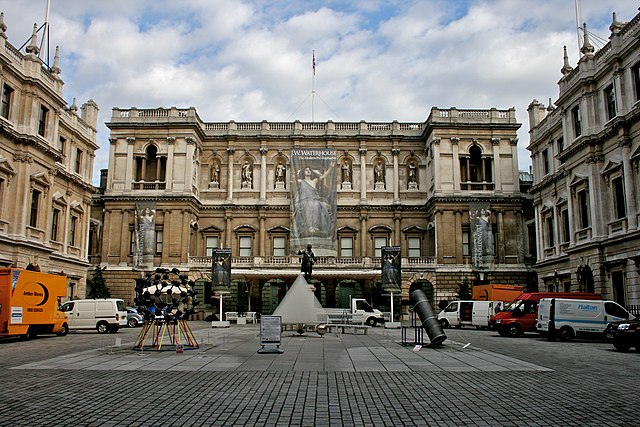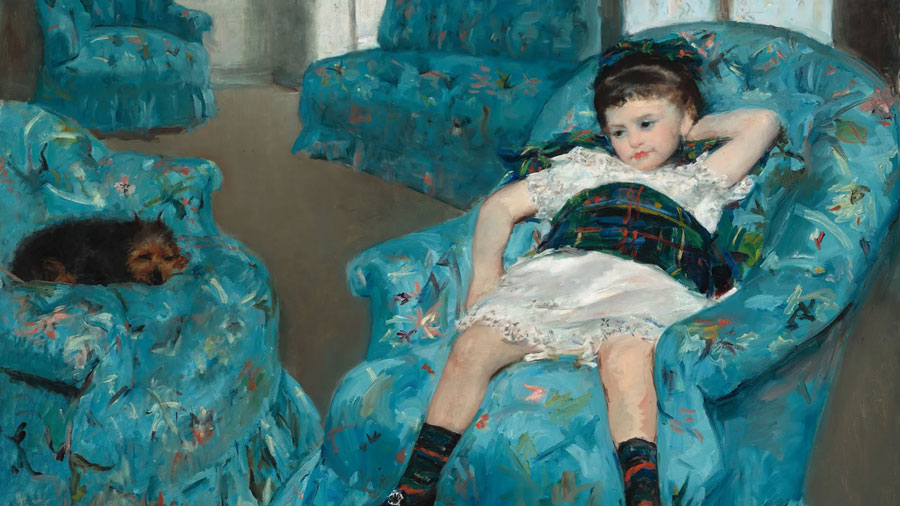Golden Passion: Georg Petel and the enigma of his crucifixion group

From 19 July to 20 October 2024, the Sculpture Collection and Museum of Byzantine Art (Staatliche Museen zu Berlin) and the Bavarian National Museum, Munich, present “Golden Passion: Georg Petel and the enigma of his crucifixion group”
Source: Staatliche Museen zu Berlin · Image: Portrait of Georg Petel by Anthony van Dyck (detail), 1628. Bavarian State Painting Collections.
The studio exhibition solves an exciting puzzle in the work of the famous Augsburg Baroque sculptor Georg Petel. It presents the spectacular reconstruction of his gilded crucifixion group from a crucifixus from the Bavarian National Museum in Munich – previously thought to be lost – and his virtuosically crafted shafts from the Bode Museum in Berlin.
From Georg Petel (1601/02-1634), the ingenious southern German Baroque sculptor, the Berlin Sculpture Collection acquired two virtuously modelled figures of thieves cast in bronze in 1927. virtuously modelled and cast in bronze. They are the two thieves Dismas and Gestas, who were crucified together with Christ. However, the most important part of the ensemble – the Corpus Christi nailed to the cross – was missing when it was purchased. It was considered lost at the time. It was only recently that a bronze crucifix was surprisingly discovered in the depot of the Bavarian National Museum in Munich. which shows numerous analogies to the two Berlin thieves: The material, size, state of preservation of the fire gilding and, last but not least, the the breathtaking depiction of the anatomy are so strikingly similar, that the Munich statuette could finally be identified as the missing centre of Petel’s crucifixion group. The attribution based on art-historical stylistic criticism was substantiated by elaborate technical analysis methods (computer tomography and alloy analyses), thus proving the creation of all three figures in a common workshop context.
The decision was quickly made to present these new findings to the general public in an exhibition -a co-operation between the Sculpture Collection and the Museum of Byzantine Art with the Bavarian National Museum in Munich. The small, exquisite show presents the reunited sculpture ensemble of the internationally active and well-connected baroque sculptor in its artistic context with over a dozen loans from Berlin, Brussels, Weilheim, Vienna and French private collections.
Follow us on:


